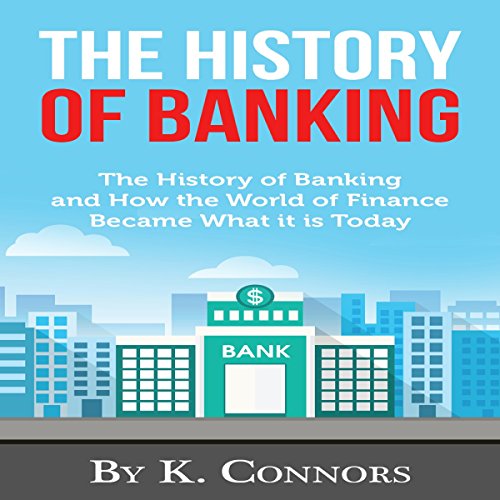Celebrate India!
Unity in Diversity!!
Click Here for Back Issues of Business Administration in India - From 2019
BOOKS FOR YOU TO READ AND DOWNLOAD FREE!
- SILENT TALK:
NONVERBAL COMMUNICATION ...
M. S. Thirumalai, Ph.D. - Introduction to Soft Skills ...
M. S. Thirumalai, Ph.D.
REFERENCE MATERIALS
- National Education Policy 2020
Ministry of Human Resource Development
Government of India - Some Inputs for Draft National Education Policy 2016
Ministry of Human Resource Development
Government of India - CENSUS OF INDIA 2011 General Data
- CENSUS OF INDIA 2011 DATA ON DISABILITY
BACK ISSUES
- E-mail your articles and book-length reports in Microsoft Word to thirubudmin@gmail.com.
- PLEASE READ THE GUIDELINES GIVEN IN HOME PAGE IMMEDIATELY AFTER THE LIST OF CONTENTS.
- Your articles and book-length reports should be written following the APA Stylesheet.
- The Editorial Board has the right to accept, reject, or suggest modifications to the articles submitted for publication, and to make suitable stylistic adjustments. High quality, academic integrity, ethics and morals are
expected from the authors and discussants.
Copyright © 2020
M. S. Thirumalai
Publisher: M. S. Thirumalai, Ph.D.
11249 Oregon Circle
Bloomington, MN 55438
USA
Introducing a Book:
The History of Banking Authored by K. Connors
M. S. Thirumalai, Ph.D.

Courtesy:
https://www.amazon.com
Even in 1940s, many rural parts in India practiced barter to pay wages to agricultural labour. Currency, both coins and paper notes, was not widely prevalent. The practice of using coins and currency common to all the parts of India were not available. With so many independent kingdoms, common coins and currency could not emerge and last all over the India During the Mughal period, silver coins seemed to have been introduced and used. Ancient and medieval literature spoke about wealth, well above granary. Gold and Silver seem to have been an important manifestation of wealth. At the same time, studies do not show explicitly banking activities. Even now, the government continues to encourage people to do banking to save their money. Government wages are all paid through the banking services. Gifts given to the people during the festivals by almost every state government as part of their promises made in their election manifestos are all distributed through banking service. Slowly and steadily banking is becoming an integral part of every Indianís life in recent times.
The History of Banking by K. Connors presents the history of banking in Western nations. The book presents not only the history of banking but also the complexity of banking industry as it evolved. The author begins with a short description or definition, ďA bank is an institution established solely for the safekeeping of currencies, provision of credit facilities and the regulation and redistribution of nationís money reserves.Ē (Introduction) The author points out that the concept of banking started in northern Italy to Rome in 15th and 16th centuries.
M. S. Thirumalai, Ph.D.
msthirumalai2@gmail.com
- Click Here to Access the Papers of November 2020 Issue
- Click Here for the PRINT VERSION OF THE PAPERS OF NOVEMBER 2020 ISSUE IN BOOK FORMAT.
- Click Here for Back Issues of Business Administration in India
- Click Here for the HOME PAGE of Business Administration in India
- CONTACT PUBLISHER thirubudmin@gmail.com
- Send your articles
as an attachment
to your e-mail to
thirubudmin@gmail.com. - Please ensure that your name, academic degrees, institutional affiliation and institutional address, and your e-mail address are all given in the first page of your article. Also include a declaration that your article or work submitted for publication in BUSINESS ADMINISTRATION IN INDIA is an original work by you and that you have duly acknowledged the work or works of others you used in writing your articles, etc. Remember that by maintaining academic integrity we not only do the right thing but also help the growth, development and recognition of Indian/South Asian scholarship.